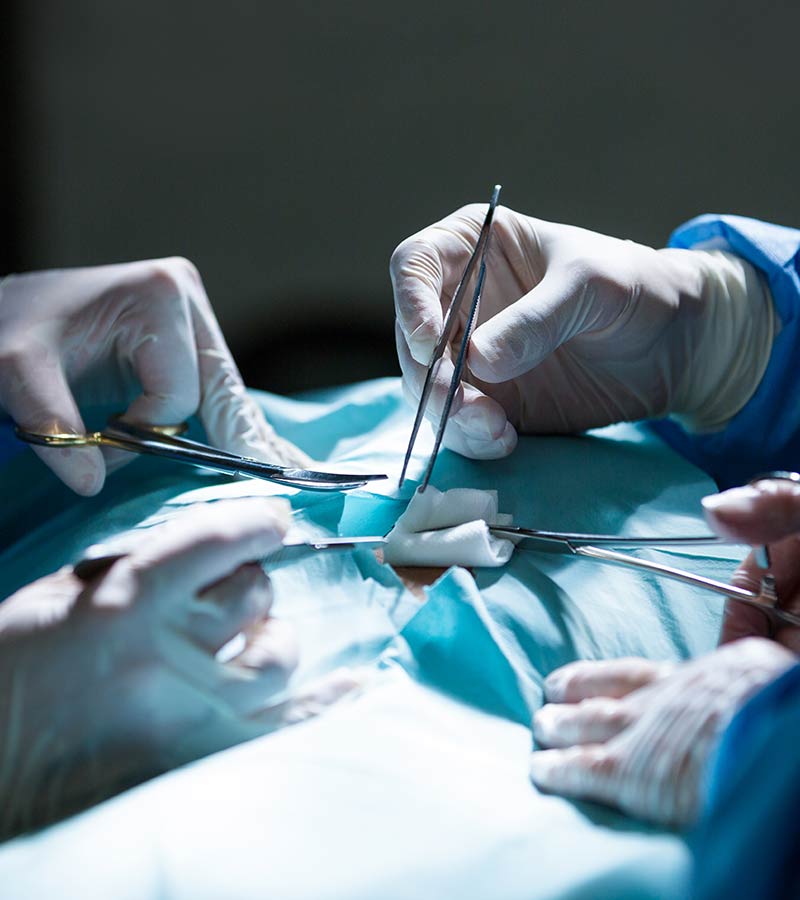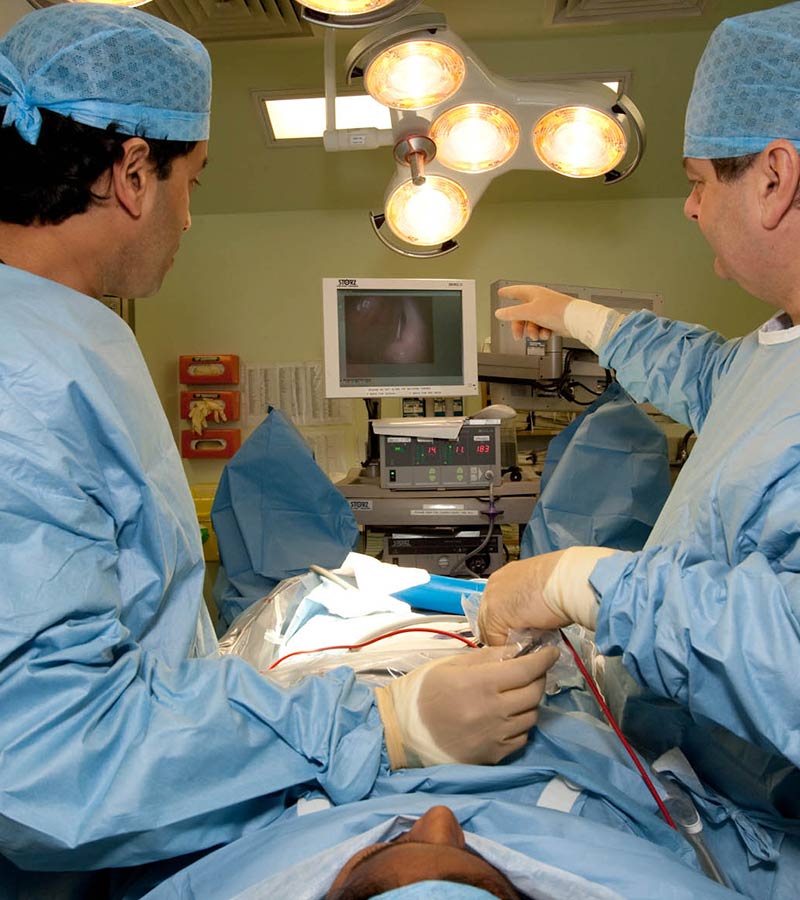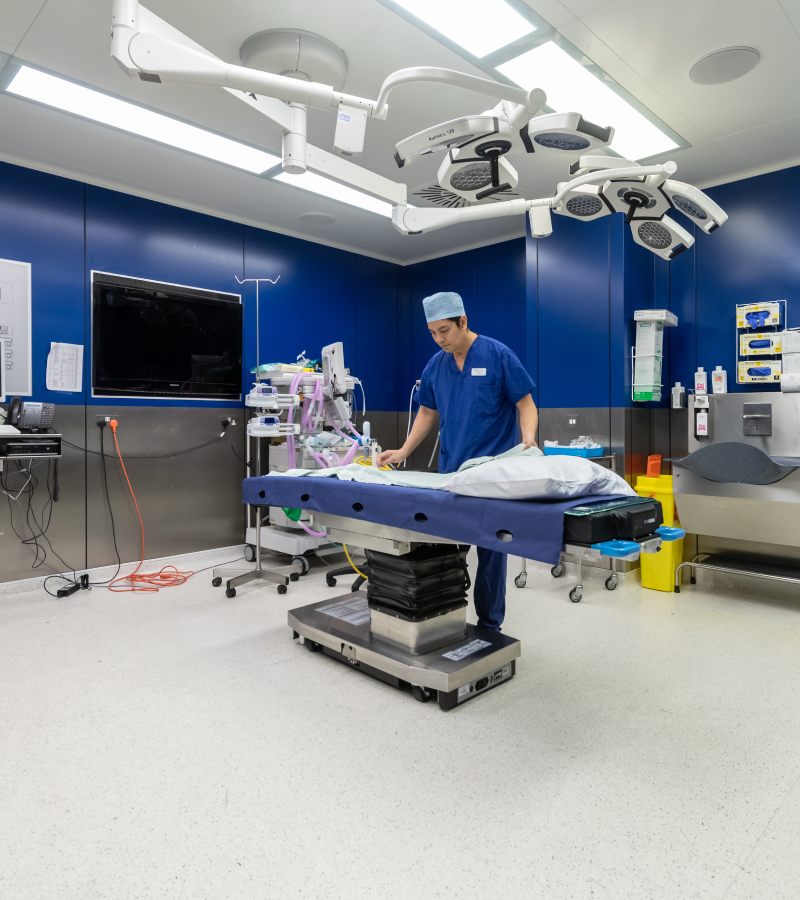In the last 30 years, we have seen a revolution in surgical methods which have improved patient outcome.
- Abdominal hysterectomy – the uterus is removed through an incision in the abdomen.
- Laparoscopic hysterectomy (keyhole surgery) – small cuts are made in the abdomen (tummy) and the uterus is then removed through the vagina.
- Vaginal hysterectomy – the uterus is removed through your vagina and there is no external scar.
- Depending on the type of Gynaecological condition which led to the need for a hysterectomy, you may need to have other parts of your reproductive system (such as ovaries, cervix or fallopian tubes) removed as well as the uterus.
- A total abdominal hysterectomy is when the uterus and cervix is removed.
Recovery and convalescence after hysterectomy
- All hysterectomies are major operations.
- It is important to remember that everyone will recover at a different rate.
- You will experience some pain and discomfort for at least the first few days after your operation and possibly longer.
- The Royal College of Obstetricians and Gynaecologists has 3 leaflets available on its website:
What happens if you have a hysterectomy and removal of ovaries (bilateral Salpingo – oopherectomy)
- You will be at risk of a surgical menopause, if you are under 50.
- You may start having menopausal symptoms immediately after the operation.
- If you have a hysterectomy and your ovaries are left behind, you may still experience menopausal symptoms earlier than expected.
- These symptoms include: Hot flushes, Dry skin, Dryness of the vagina, Feeling low and anxious, Being less interested in sex.
- Many of these menopause symptoms will be eased by hormone replacement therapy (HRT)






